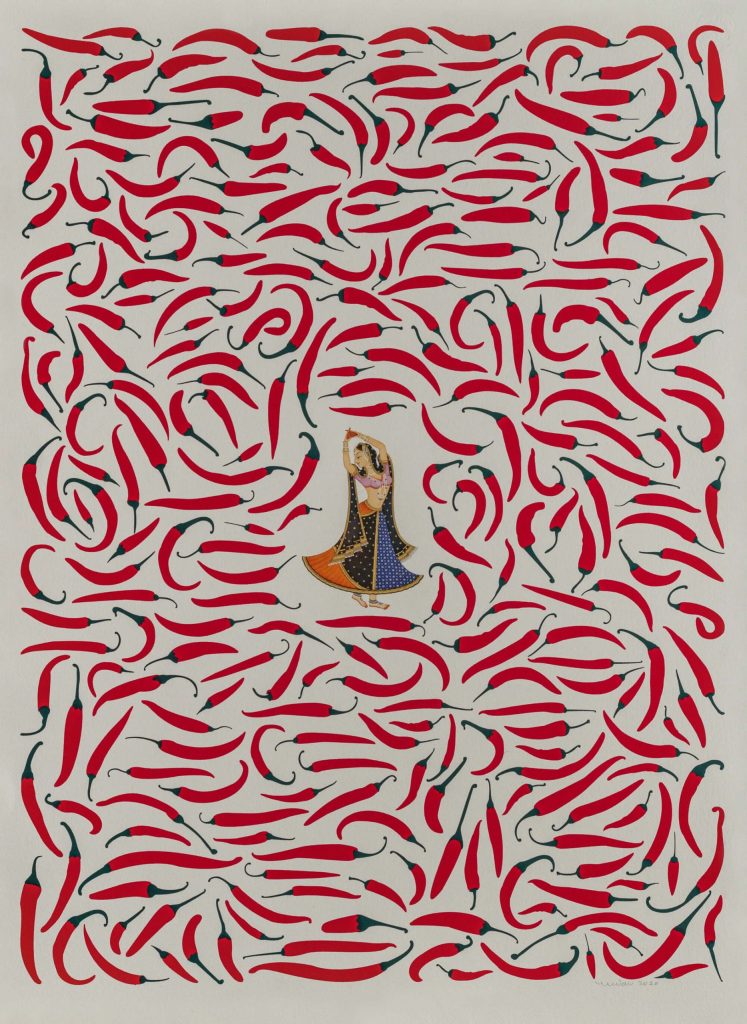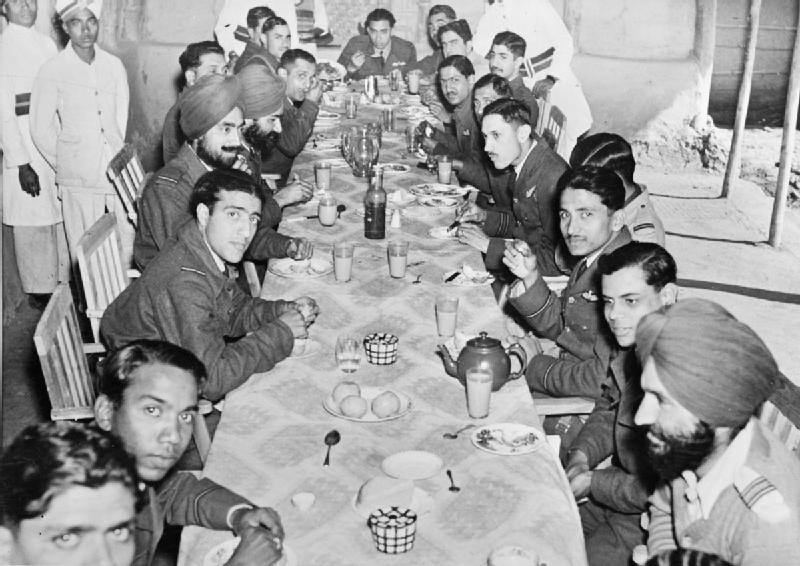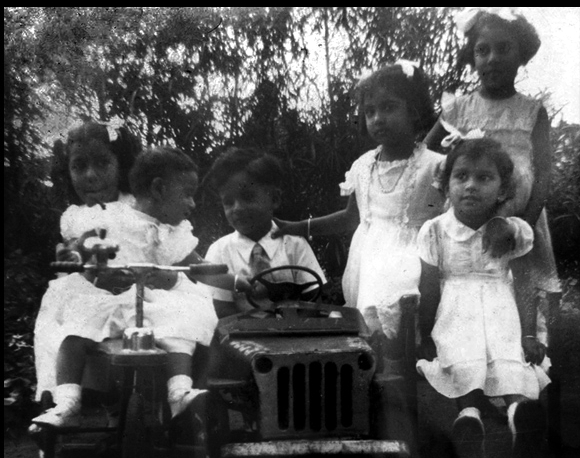Blogs
A Tryst with History: Anglo-Indian Cuisine
Bridget White-Kumar
Reminiscing of her childhood and familial traditions, author Bridget White-Kumar uncovers the evolution of Anglo-Indian cuisine in the subcontinent, which is among the first examples of fusion food in the world.
I hail from Kolar Gold Fields (KGF), a charming little mining town in Karnataka, India and belong to a well-known Anglo-Indian family, whose roots can be traced to British ancestry on my paternal side and Portuguese, Dutch and British ancestry on my maternal side.
KGF was known as ‘Little England’ due to its Colonial ambience, and European and Anglo-Indian population. Being part of the large British and Anglo-Indian Community, our lives, and of course our food, were greatly influenced by the culture and ways of the British.
Among the first examples of fusion food in the world, Anglo-Indian cuisine evolved over centuries as a result of assimilating and amalgamating ingredients and cooking techniques from all over the Indian subcontinent. Throughout the colonial period, many new hybrid dishes came into existence, with the efforts and innovations of the Indian khansamas and cooks who combined spices and other ingredients to bland Western dishes giving them a mild Indian flavour, while toning down the spices and pungency of typical Indian dishes to suit the delicate palates of the foreigners.

चैत्र (Chetra), Barahmasa-I series, by Madan Meena, 2020, Silkscreen and natural pigments on paper, MAC.03101. Part of the exhibition Stories on a Banana Leaf
Colonial Anglo-Indian cuisine encompassed the rustic and robust flavours of dishes that were served at Dak Bungalows and Inspection Bungalows across the country – the hearty Army Camp soups and curries of Army Messes, the delicious Lamb or Chicken curries and cutlets that were served on trains; the British Colonial era legacies of Kedegeree, Country Captain, Mulligatawny Soup, Lamb Chops, roasts and bakes, puddings, etc.; the Portuguese legacies of Vindaloo, tangy curries and sweets; the Dutch forcemeat Fricadels; and finally the French connection of chicken cooked in wine, crumbed fried stuffed crepes, and so on.

The Indian Air Force and Royal Indian Air Force, 1939-1945, Collection of Imperial War Museums, Image credit: Wikimedia Commons
A completely new contemporary cuisine came into existence making it truly “Anglo” and “Indian” in nature, which was neither too bland nor too spicy, but with a distinctive flavour of its own. It became a direct reflection of the multicultural and hybrid heritage of the new colonial population. It is the extremely unusual blend of tastes and the judicious use of spices and herbs found in any Indian kitchen that makes this cuisine so unique. However, over time the local ingredients and flavours of a particular region began to be incorporated in the dishes, while the basic ingredients remained the same throughout the country. Anglo-Indian Cuisine therefore, which evolved through many centuries and stood the test of time, still lives on in the Anglo-Indian Community.
Many of the dishes have rhyming alliterative names like Doldol, kalkal, Ding- Ding, etc. The very nomenclature of the dishes is original and synonymous only to the Anglo-Indian Community. It is a true reflection of both worlds where the Indian oriented curry is given as much importance as the English roasts and bakes.
Interestingly, many of the dishes have unique backstories. One such example is of a colonial curry dish that is cooked even today – the Grandma’s Country Captain Chicken. This dish was supposedly prepared by an old grandmother who wished to cook her favourite grandson, a Captain in the British Army, a really tasty chicken curry.
I have very fond memories as a child of my own grandma Maud preparing this very special dish for all her loving grandchildren. Our whole family would gather every Sunday at my grandparent’s home ‘White Haven’ in KGF. All of us would crowd around our Nana who was in her late 60’s, as she prepared this family favourite chicken curry. Cooking this dish took a long time as the hens were authentic, well-fed, homegrown country birds reared by Nana herself, and everything had to be prepared from scratch. The fowls had to be cleaned and jointed into the right size pieces; the masalas were ground manually on a grinding stone by the family servants. Nana would then prepare this dish in a big pot over a firewood oven, cooking on hot coals for at least two hours till the chickens were tender. The ingredients were very simple but the slow cooking on low heat is what gave it such a hearty flavour. She sometimes added a few dollops of fresh cream which made the dish rich and delicious and served it with her special pilaf rice for lunch!

Author Bridget White-Kumar with her cousins in her family home in KGF, Karnataka

An image of Grandma’s Country Captain Chicken, courtesy of Bridget White-Kumar
However, due to the influences of various factors, Anglo-Indian cuisine is slowly nearing extinction. With many Anglo-Indians migrating from India and the younger generation turning away from our traditional food, it became almost imperative for me to do something to highlight and record our authentic tastes and flavour for future generations. Writing recipe books, thus, came naturally to me, fuelled by the intention of preserving the culture of the Anglo-Indian community through its culinary delights, thereby preserving its culinary heritage.
Bridget White-Kumar is an author and independent food consultant based in Bangalore, with an expertise in colonial Anglo-Indian cuisine. Through her several published recipe books, she hopes to revive and preserve the very authentic flavours of colonial ‘Anglo’ India.








